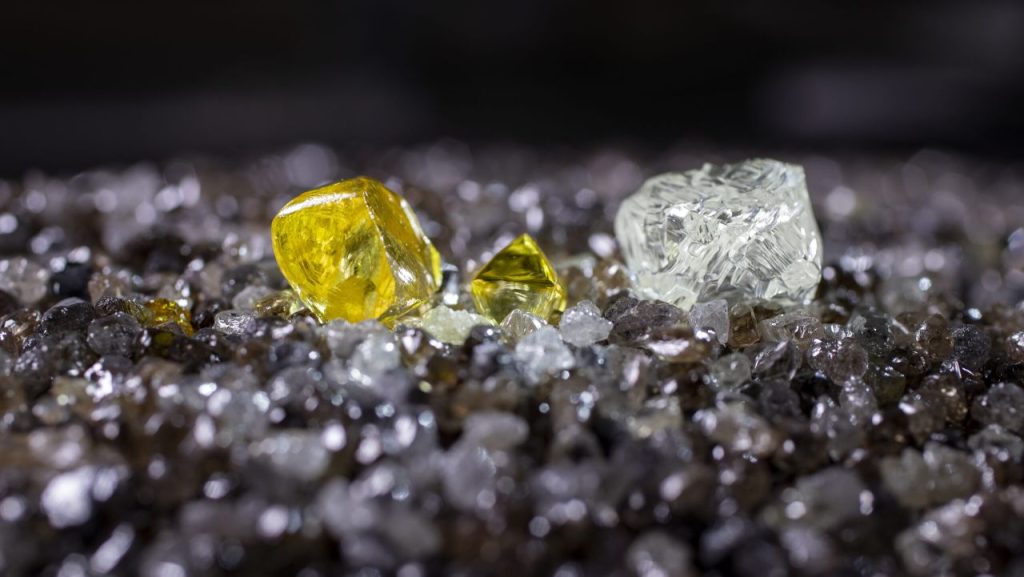
Revenue from the Ekati deposit’s rough production soared during the fourth quarter as demand for its goods strengthened, according to owner Burgundy Diamond Mines.
Sales from the Canadian mine rose 37% year on year to $166 million for the three months that ended December 31, Burgundy reported last week. Sales volume jumped 41% to 1.8 million carats, from 1.3 million carats a year before, outweighing a 2% drop in the average price to $93 per carat.
Output increased 19% to 1.2 million carats for the October-to-December period. During the quarter, Burgundy held four auctions, including one for special stones. The miner sold all of its available inventory during those auctions, it noted.
“Each of our four auctions during the December quarter were oversubscribed due to significant customer demand,” said Burgundy CEO Kim Truter. “This has put us in a strong position with a healthy cash balance to fund the upcoming winter-road resupply and to commence the important work activities to extend the mine life at Ekati.”
Burgundy is currently retrieving ore from two sites at Ekati: an open-pit operation at Sable and an underground one at Misery. It is also working on extending Sable underground and is optimizing the Point Lake area.
Burgundy purchased Ekati from Arctic Canadian Diamond Company for $136 million in March.
Source: Diamonds.net


